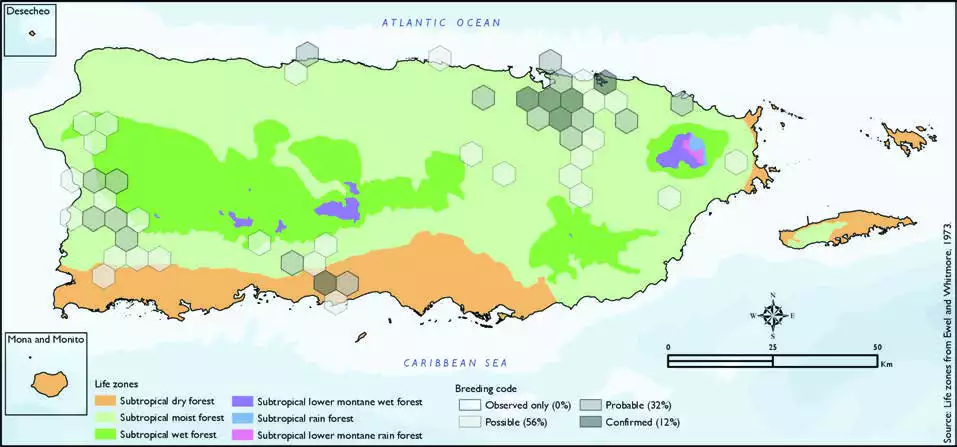White-winged Parakeet
Description
The white-winged parakeet (Brotogeris versicolurus), or canary-winged parakeet is a small parrot native to the Amazon River basin from southeast Colombia to the river's mouth in Brazil. Caged birds have been released and the birds have established self-sustaining populations in Lima, Peru, Los Angeles and San Francisco, California, and Miami, Florida areas of the United States, and in Puerto Rico. Although feral birds are showing some recent declines as nesters in the United States, they seem to be doing well in their native habitat.
The white-winged parakeet typically is 22 cm in length, and is mostly green in color. It has a trailing yellow edge on its folded wings. Its most distinguished characteristic is the white wing patches most noticed when the bird is in flight. It is closely related to the yellow-chevroned parakeet, and the two have often been considered conspecific.
Distribution & Habitat
The White-winged Parakeet is native to northern and central
South America (Raffaele and
others 1998). It is introduced
and established on Puerto Rico,
where it is locally common in the
lowlands (Camacho Rodríguez
and others 1999, Oberle 2018,
Raffaele and others 1998) and
has greatly expanded its range
in recent years including near
college campuses and urban
areas where large trees abound
(Falcón and Tremblay 2018).
Habitat also includes coastal
woodlands, low hills, and
foothills of higher mountains,
as well as towns and urban
areas (Raffaele and others 1998)
including farms, gardens, and city parks (Oberle 2018). The
atlas fieldwork yielded a total of
79 records within 50 hexagons
or 10 percent of the 479 total
hexagons (see map). Of the 50
hexagons where this species
was found, breeding met the
atlas definition of confirmed in
12 percent (6) of the hexagons,
probable in 32 percent (16),
and possible in 56 percent (28)
(see map). White-winged Parakeet distribution. The map shows the highest breeding code by hexagon and overlaying the ecological life zones
in Puerto Rico. Note: percentages may not total 100 due to rounding.

Breeding Habits
The White-winged Parakeet nests inside termite nests located in
palms or trees (Oberle 2018,
Raffaele and others 1998). Atlas
results suggest that this species
breeds throughout the year with 195White-winged Parakeet/Periquito Aliblancothe most breeding activity during March, May, and June (see chart).
Overall, the breeding activity
peaks in May, and it mostly takes
place within the subtropical
moist forest life zone (see chart).
Atlas findings show that this
species breeds mostly within the
subtropical moist forest life zone
(80 percent of the hexagons)
(see table and map). Results
indicate that it also breeds within
the subtropical dry forest life
zone (8 percent of the hexagons.
It might also breed at higher
elevations within subtropical wet forest life zones (12 percent
of the hexagons) (see table
and map).
Conservation
The current global population trend of the White-winged
Parakeet has not been quantified
or assessed, but the species is
described as common (Stotz and
others 1996), and due to the lack
of evidence for any threats or
declines, the overall population
is suspected to be stable. The
population trend in Puerto Rico
has been described as increasing (Falcón and Tremblay 2018).
This species is currently listed
as a species of least concern by
the IUCN (BirdLife International
2018). Locally, this species is not
listed in any of the threatened
categories of PRDNER and
USFWS. In Puerto Rico, the
White-winged Parakeet has a
protected habitat of about 6
percent or 66 km2 of the total area covered by the hexagons
where evidence of breeding
was found for this species
(1196 km2).
Related Species
Family:
parakeet